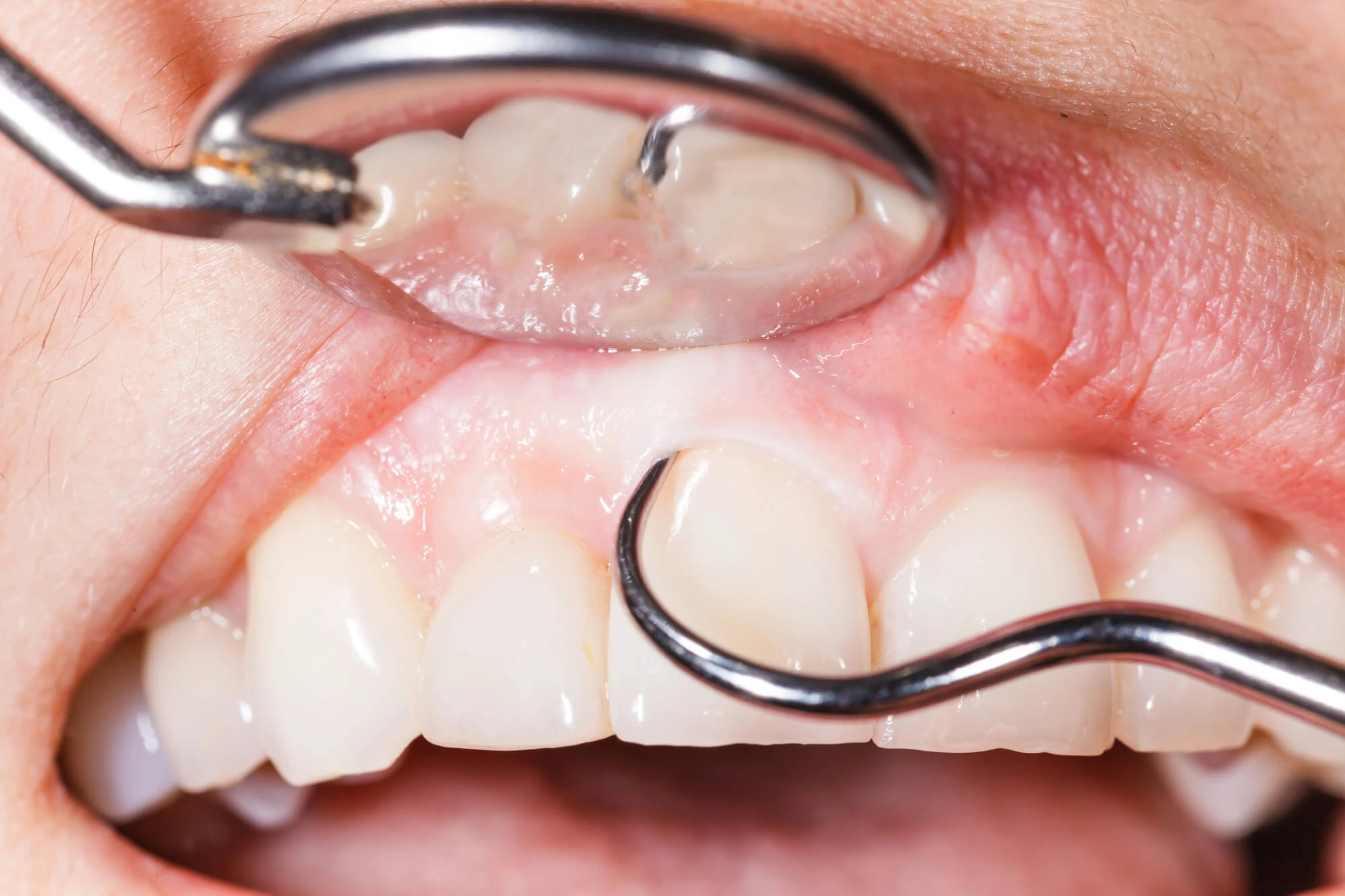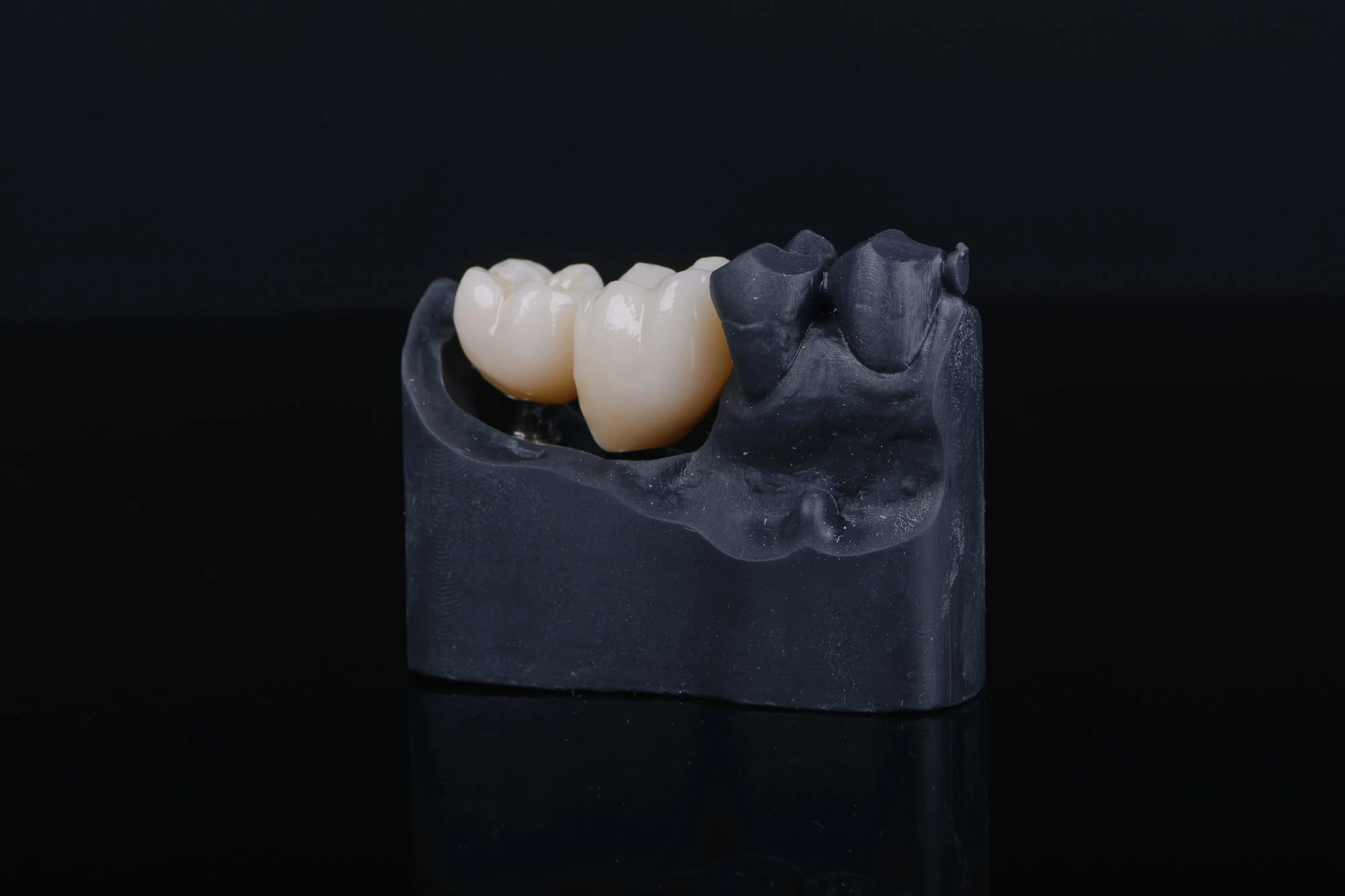Sometimes, when a tooth has cavities that are simply too big or suffers an accident that damages most of its natural structure, simply filling the lost enamel doesn’t suffice. The composite resin alone isn’t enough to withstand your mouth’s chewing forces.
Dental crowns in Coral Gables are reliable treatments that give your teeth a second life: They allow you to eat, speak, and smile with ease without worrying about your tooth being too brittle or having to consider tooth extractions. However, crowns can suffer from wear and tear over time, and identifying this right away is key to protecting your oral health.

Dental crowns are tooth-shaped caps used to repair teeth that are worn down, decayed, broken, or weak. Made from various materials, including metal, resin, and porcelain, crowns fit over your entire tooth, like a snug hat.
Crowns restore a damaged tooth's shape and size, strength, and appearance by covering it. Before bonding your new crown in place, a dentist will need to remove a tiny bit of enamel to guarantee a good fit. When cemented into place, crowns fully encase the entire visible portion of a tooth that lies at and above the gum line.
A dental crown might be necessary for:
With proper care, crowns can last between five and 15 years. Gold and zirconia crowns are typically the most durable. Porcelain is more aesthetic but more prone to chipping.
The placement of your crown will also play a big role in its durability. Crowns on molars endure more chewing force and may wear faster. Front crowns tend to last longer if cared for properly.
While crowns are long-lasting, accidents can happen, especially when poor oral hygiene goes unnoticed for a long time. Poor home-care practices or unexpected trauma can wear down your restoration, needing repairs or a replacement.
Fortunately, being aware of these reasons can help you avoid crown failure and prolong the life of your dental restoration. Some common dental crown-related accidents to be aware of include:
Accidents or physical trauma are frequent reasons for broken dental crowns. Sports falls and auto accidents can all put too much strain on the crown, which can cause cracks or total dislodgement. This risk can be reduced by wearing a mouthguard while playing sports and taking safety measures to prevent falls.
If you chew on hard foods or items like ice, hard candies, or nuts, a dental crown may be overstressed. This stress has the potential to chip or fracture the crown over time.
It is best to chew tougher foods with your back teeth and refrain from biting down on hard objects. Otherwise, the crown's fit and functionality might be jeopardized. If not, the intense pressure may fracture the tooth underneath, necessitating extraction and a more involved restoration (such as a dental implant).
Furthermore, the crown may come loose or fall off due to trauma, eating sticky foods (such as caramel or taffy), or weak dental cement, leaving the exposed tooth underneath sensitive to decay.
Tooth grinding (bruxism) and using teeth as tools to open packages are two habits that can greatly raise the risk of crown damage. In particular, bruxism puts a constant strain on the crown, which causes wear and cracks. Wearing a nightguard can shield your teeth and crowns from the damage caused by grinding.
Even though dental crowns are impervious to decay, the tooth structure beneath them is still vulnerable. If decay develops beneath the crown, the bond between the crown and the tooth may be weakened, which could lead to the crown breaking or coming loose. Maintaining good oral hygiene and scheduling routine dental exams are crucial for preventing decay.
Dental crowns may naturally deteriorate with time due to frequent use. Depending on the material, a crown's lifespan can vary; porcelain and ceramic crowns typically last 10 to 15 years. Crowns may need to be replaced because they are more prone to damage as they age.
Sometimes, even if the crown itself doesn’t break, deterioration of the dental cement can cause it to shift. It can even leave a space underneath where bacteria can sneak in, eventually causing decay under the crown or gum issues.
Although rare, some individuals may react to certain metals used in the crown. Alternative biocompatible materials, like zirconia or porcelain, can be explored.

Dental crowns should feel comfortable and function like natural teeth. But when something’s wrong, your body (and mouth) usually sends signals. Paying attention to these signals is key, as early intervention can reduce potential damage and even save your crown.
Some key indicators that there may be a problem with your dental crown include:
A broken crown often exposes the underlying tooth structure, leading to increased sensitivity to temperature changes, pressure, and certain foods. Oftentimes, it is caused by decay under the crown, nerve irritation, or a poor fit.
This can cause discomfort or pain, making eating and drinking an unpleasant experience.
If you notice your crown is loose, that’s a key indicator that the dental cement has eroded partially. While it’s designed to last, this bonding material can erode over time, especially if a cavity develops on the tooth underneath.
Watch for movement when touching, biting, or feeling like the crown isn’t right.
If you notice any cracks or chips in your crown, visiting your dentist immediately is key. Chips are places where bacteria can easily accumulate, fostering gum disease over time. Additionally, if the crack is deep enough, the crown may be compromised and less protective.
Some key indicators of this are jagged edges where your dental floss gets shredded when you floss, visible lines, or discomfort when chewing.
While some gum irritation is common during the first few weeks after crown placement, this issue should subside over time. If it continues or suddenly emerges, it could be a sign that the crown doesn’t fit properly. There could also be enamel accumulation, which could cause irritation or gum disease.
Call your dentist immediately if your gums look red, swollen, and bleed when you floss.
Chronic bad breath, or halitosis, is often a sign of infection. The bacteria that cause gum disease can release unpleasant-smelling gases when they break down food particles in your mouth.
If you notice a persistent odor or taste that doesn’t go away with brushing or rinsing, it could be caused by plaque accumulation under your dental crown.
If the crown is too high or misaligned, it can place uneven pressure on your teeth, which can cause your bite to feel off.
Some indicators of this issue are discomfort when chewing or jaw soreness. Over time, it may lead to crown failure and uneven wear and tear on the surrounding teeth, so visit your dentist right away to adjust the fit!
While being uncomfortable, ignoring these signs can have several consequences on your oral health in the long run, such as:

In restorative dentistry, dental crowns are a reliable method to preserve and improve the look of decayed or damaged teeth. Although they are made to be strong and long-lasting, dental crowns can sustain damage.
A broken dental crown can cause discomfort and functional problems, making it a distressing experience. If a crown accident happens, avoid chewing on that side and promptly contact your Coral Cables Dentistry dentist. Early intervention can prevent more serious complications, so reach out!

We value your time, so we always run on schedule, respecting your commitments, with no double bookings and minimal wait times. Experience dentistry like never before in our award-winning clinic.






